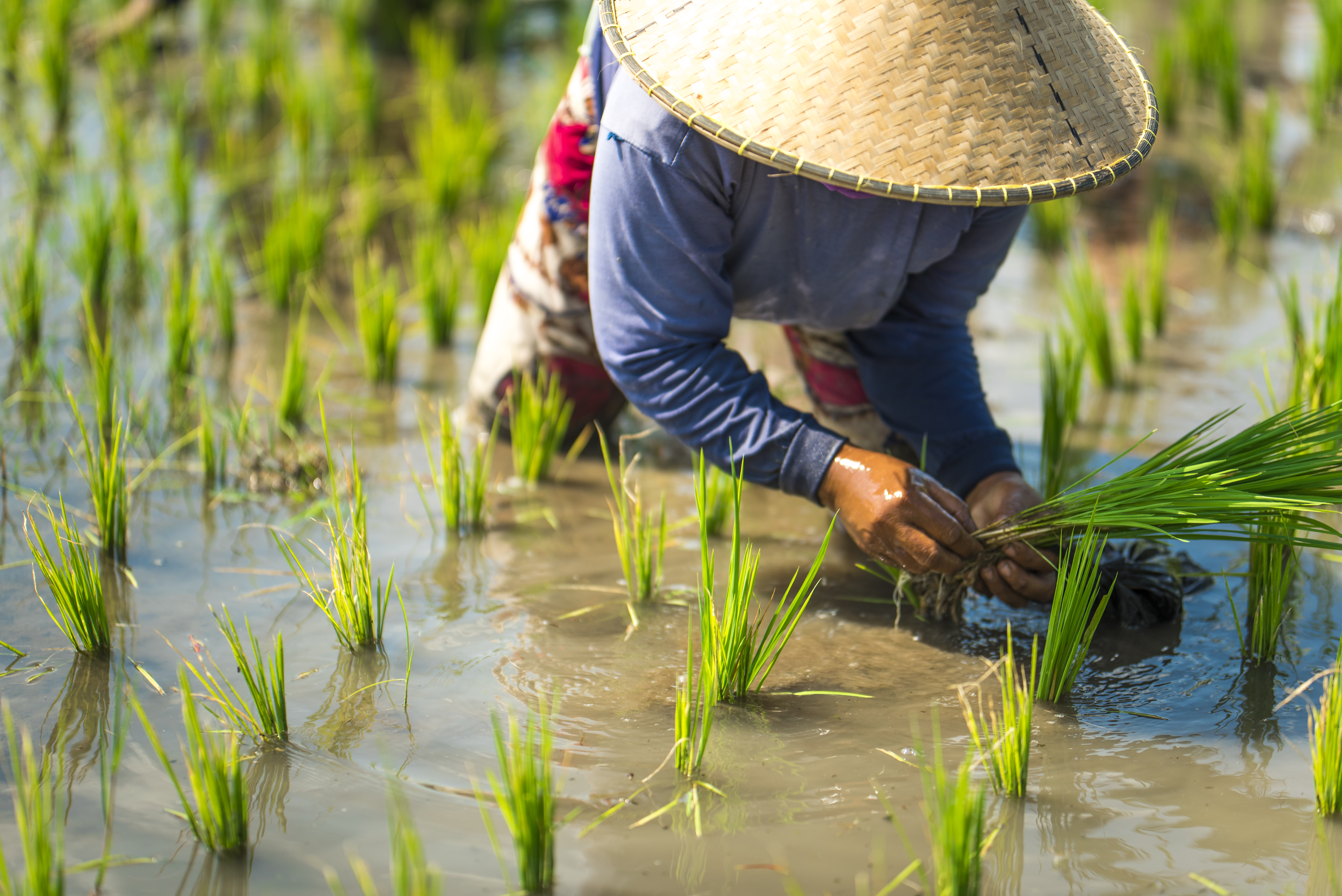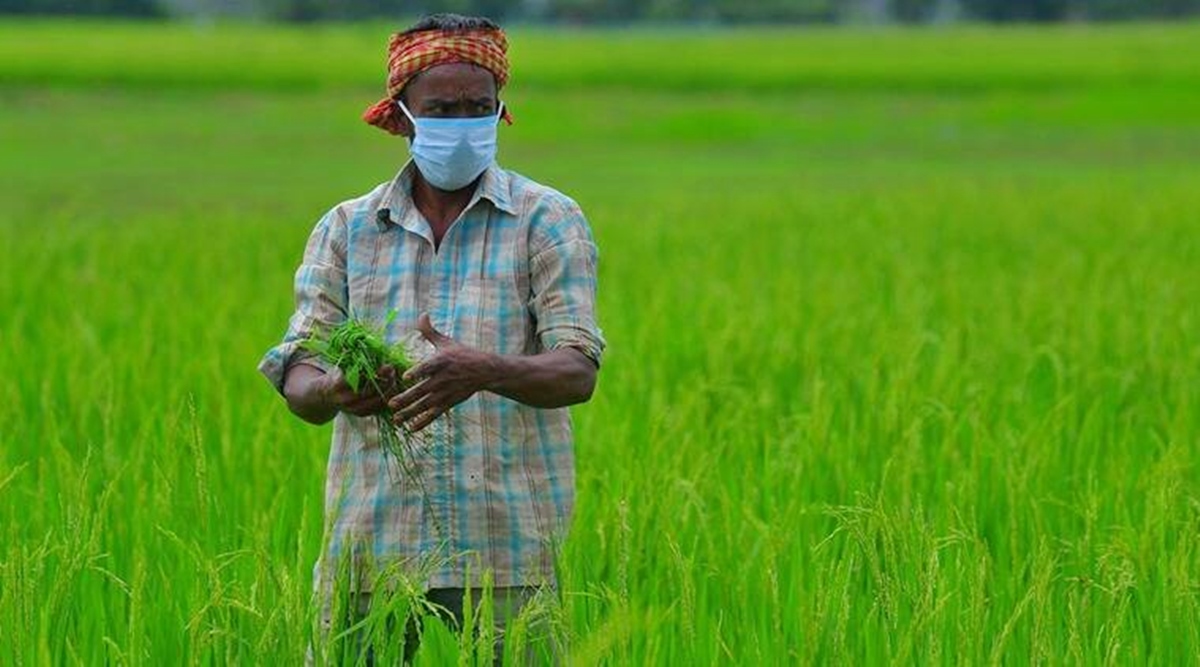Government Paddy Purchases Decline by 9% to 15.4 MT in October

Government Paddy Purchases Decline by 9% to 15.4 MT in October
The procurement of paddy by the government plays a crucial role in ensuring food security and supporting the livelihoods of millions of farmers in India.
In recent news, it has been reported that government paddy purchases for the month of October have witnessed a decline of 9%, with the total quantity procured standing at 15.4 million tonnes (MT).
This development has raised concerns and prompted discussions about the factors contributing to this decline and its potential implications for both farmers and the country’s food security.

After one month of paddy procurement for the kharif season (2023–24; October–September), the Food Corporation of India (FCI) and state agencies have purchased about 15.4 million metric tonnes (MT) of rice from farmers under the minimum support price (MSP) scheme, a decrease of 9.28% from the previous year.
FCI has 20.09 MT of rice inventories as of Wednesday; this figure does not include 17 MT of grain that is still owed to the millers. As of January 1, the rice stock is below the 7.61 MT buffer.
The food ministry reports that 17.27 MT of paddy, primarily from Punjab, Haryana, Tamil Nadu, Uttar Pradesh, and Uttarakhand, have so far arrived in mandis.
Thus far, Uttarakhand (0.21 MT), Tamil Nadu (0.45 MT), Uttar Pradesh (72,156 tonn), and Haryana (5.3 MT) have all made significant contributions to the acquisition of paddy. Next month is predicted to be the highest for MSP purchases from farmers in Chhattisgarh, Madhya Pradesh, Odisha, Telangana, and Andhra Pradesh.

The decline in paddy procurement in the first month of the 2023–24 season (October–November) has been attributed by Food Ministry officials to a 13% drop in paddy purchases in Punjab to 9.34 MT until Tuesday.
This decline is a result of higher grain moisture content due to rains in some parts of the state and a strike by rice millers over the rejection of some iron-fortified rice supplied to the FCI.
Government paddy procurement is a key component of India’s agricultural policy. It is primarily carried out through the Food Corporation of India (FCI) and state-level agencies, known as State Procurement Agencies (SPAs).

The objective of this procurement is twofold: to ensure a fair price to farmers for their produce and to maintain sufficient buffer stocks of food grains, particularly rice, to meet the country’s food security needs.
Several factors have contributed to the 9% decline in government paddy purchases in October:
- Good Monsoons: One of the primary factors behind the decrease in procurement is the favorable monsoon season that occurred in 2023. Adequate rainfall can lead to a better crop yield, reducing the urgency for farmers to sell their paddy to government agencies.
- High Minimum Support Price (MSP): The government sets Minimum Support Prices for various crops, including paddy, to ensure that farmers receive a fair price for their produce. In recent years, the MSP for paddy has been increased, which has led to higher market prices for the crop. As a result, some farmers have opted to sell their paddy in the open market at higher rates rather than through government procurement.
- Shift Towards Alternative Crops: Some farmers have been diversifying their crops to reduce dependency on paddy cultivation. This diversification can be attributed to changes in crop patterns driven by market demand and crop rotation practices that improve soil health.
- Procurement Challenges: Procurement operations can face logistical and administrative challenges, which may have impacted the pace of paddy purchases in some regions. These challenges can include issues related to transportation, storage, and the availability of procurement centers.
The decrease in government paddy purchases has both positive and negative implications:
- Farmer Income: Higher market prices for paddy can lead to increased income for farmers who choose to sell in the open market. This can improve their overall economic well-being.
- Diversification: The shift towards alternative crops can lead to crop diversification, reducing the risk associated with mono-cropping and improving soil health.
A decline in paddy procurement may affect the government’s efforts to maintain buffer stocks of rice for food security purposes. Adequate buffer stocks are essential to address emergencies, such as natural disasters or pandemics.
High MSPs for paddy can distort the market and lead to inflated prices for rice and rice-based products. This can have implications for consumers and inflation rates.
The 9% decline in government paddy purchases to 15.4 MT in October raises important questions about the balance between farmer income, food security, and market dynamics.

While higher market prices may benefit some farmers, the government must carefully monitor the situation to ensure that food security is not compromised.
Additionally, addressing procurement challenges and encouraging crop diversification could help create a more sustainable and resilient agricultural sector in India. Balancing these factors will be essential in charting the future course of government paddy procurement in the country.




